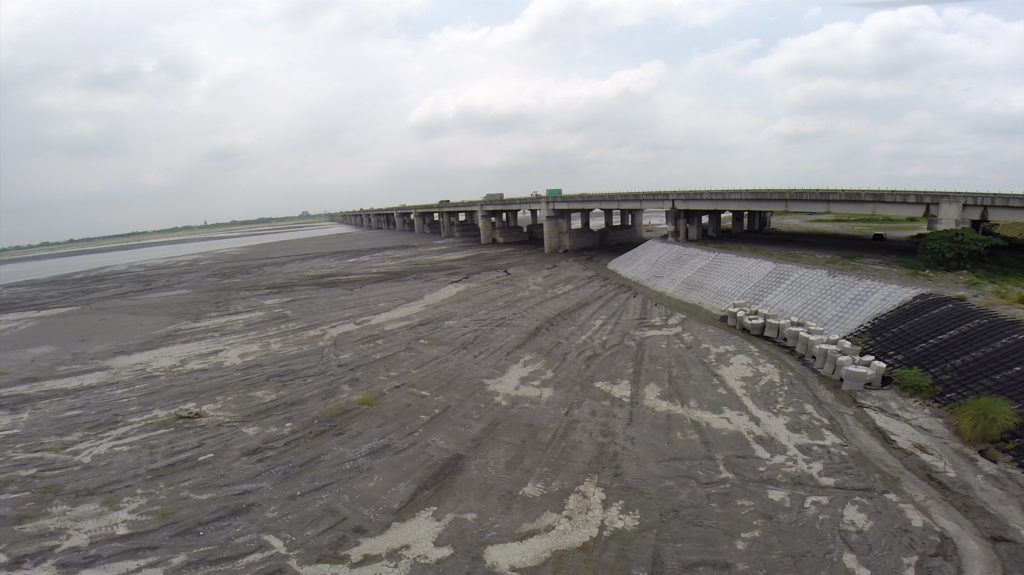
The International Geosynthetics Society (IGS) calls on the European Commission to fully understand the enormous sustainability benefits of geosynthetics when considering how to reduce microplastics in the environment. Geosynthetics are part of the solution.
The IGS submitted its response to a European Commission public consultation on microplastics last week. It calls on the Commission to ensure that this important issue is addressed using the best available scientific data and case studies. The IGS also calls on the Commission to fully consider the entire lifecycle benefits of all products that use synthetic materials in their manufacture. It is inappropriate to compare single-use consumer plastics, which decompose rapidly and are often disposed of irresponsibly, with high-quality durable engineering products that deliver long-lasting benefits to entire communities. Geosynthetics present a negligible environmental risk, and where risk exists at all, it is a rare occurrence within the highly regulated disciplines of civil and environmental engineering. Potential examples such as the use of incorrectly specified products or misguided installation and maintenance practices are addressed through high technical and professional standards in the industry.
“The IGS welcomes the European Commission’s consultation,” said IGS Vice President Nathalie Touze. “It is an important opportunity to clarify the main sources of microplastics. Using science-based evidence, we look forward to working with the Commission to identify effective measures to reduce microplastics leakage into the environment.”
Preston Kendall, Co-Chair IGS Sustainability Committee said, “Geosynthetics deliver enormous benefits. Geosynthetics reduce freshwater losses from irrigation canals in water-stressed regions and play a critical role in water and wastewater treatment plants. Compared to other construction materials, geosynthetics’ carbon footprint is typically 65% lower. They protect lives and livelihoods by reinforcing slopes and underpinning vital infrastructure. Geosynthetics offer a durable, reliable and resource-light means to protect vulnerable coastal zones from erosion. They also help to contain millions of tons of plastics stored in landfill every year.”
Francesco Fontana, Chair IGS Corporate Committee added, “Independent data show that most plastic waste entering the environment is a result of poor waste management. The Commission’s own figures estimate that vehicle tires and road markings (55%), pellets (28%) and clothing textiles (8%) account for the majority of microplastics in marine environments. Single use consumer plastics such as carrier bags and plastic bottles also contribute. In contrast to many consumer plastics, geosynthetics do not normally degrade and can be fully recovered and recycled at end of life.”
 TEXTILES.ORG
TEXTILES.ORG


